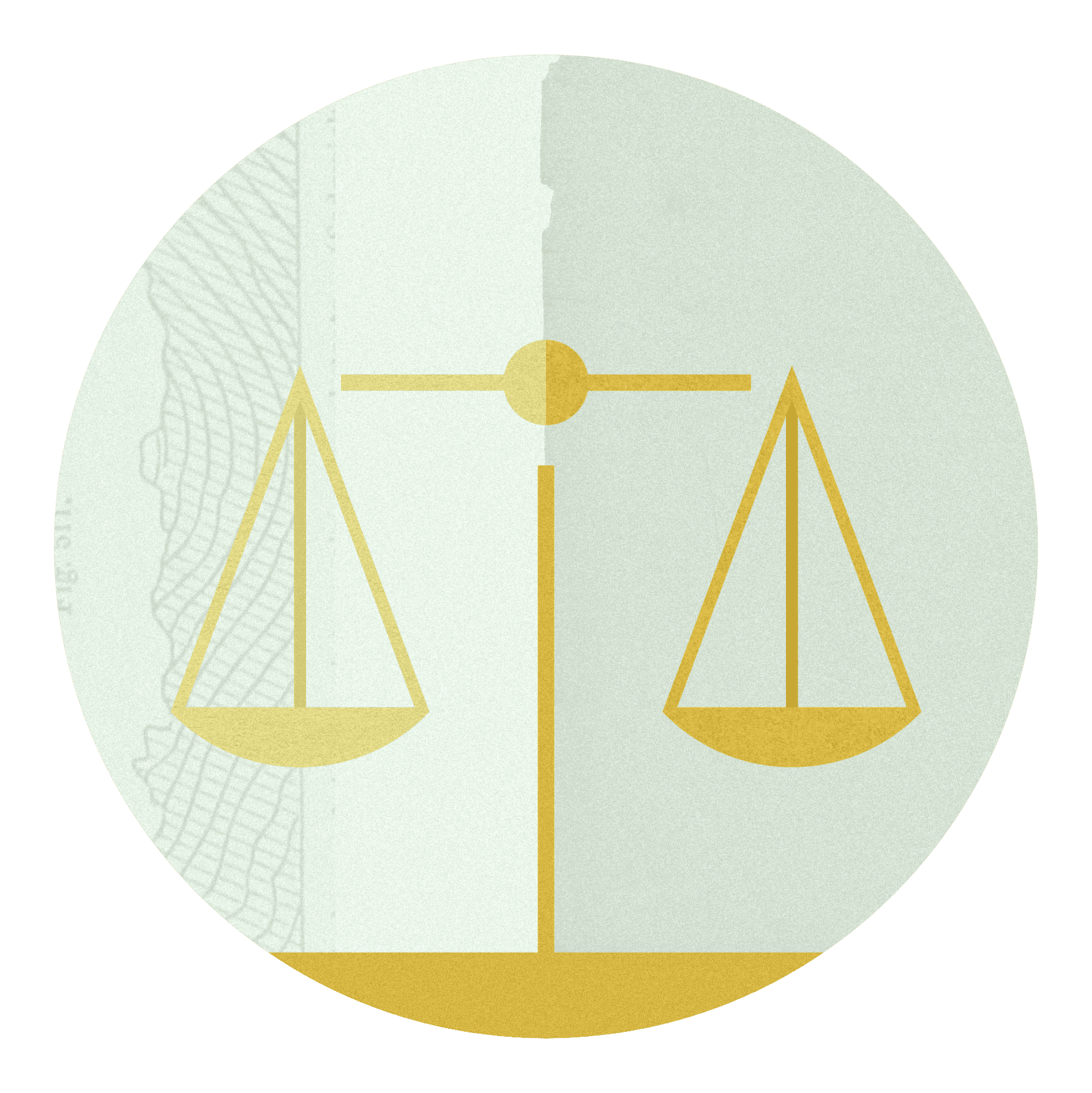In any election year, politicians and pundits often turn up the volume on differences between “red” and “blue” voters on a range of issues facing the country. But are the two sides’ views really as far apart as they seem? “We are divided,” says Samantha Moore-Berg. “But those divisions are much smaller than we tend to think they are.”
Moore-Berg, a postdoctoral research fellow in the Peace and Conflict Neuroscience Lab at the University of Pennsylvania, has spent the past eight years studying conflict resolution around the world. Her most recent work has powerful implications for America’s future. In a project with the nonprofit research and advisory group Beyond Conflict, Moore-Berg found that left- and right-leaning Americans’ views are, in fact, often more alike than they realize. But the more they feel the other side is hostile and dismissive toward them, the wider they believe the gaps between their positions to be.
Her studies have implications for cultural and other divides in American life. If we understand the psychology that drives Americans apart, we’ll know how to correct for it and foster peaceful pluralism.
These findings, published in the Proceedings of the National Academy of Sciences, “have serious consequences for democracy,” notes Moore-Berg. “Voters who feel dehumanized are much more likely to support policies that are bad for the country.”
What does your research show about how people perceive their political opponents?
Our study found a consistent pattern of wide differences between perception and reality. Contrary to what we’re often led to believe, the majority of Democrats’ and Republicans’ views on important issues like immigration and gun control are not so far apart. At the same time, many Americans believe that members of the other party dehumanize, dislike, and disagree with them about twice as much as they actually do. Believing we’re much more polarized than we really are, unfortunately, can drive us even farther apart.
To play devil’s advocate for a minute, why is polarization dangerous? What does it matter how each side perceives the other?
It’s natural to have differences of opinion, of course, but we found that differences based on inaccurate beliefs can be quite extreme. For instance, we asked Republicans and Democrats to estimate the other party’s dehumanization of them on a scale of 1 to 100, where 1 was the lowest score and 100 the highest. Democrats said Republicans would give them a score of 48 points out of 100, where in reality Republicans gave them an 80. Republicans, meanwhile, predicted that Democrats would give them a rating of 28 out of 100. The real score was 83.
This degree of misperception can harm public policy in several ways. The more people believe the other side disrespects and dehumanizes them, the more likely they are to support harsh policies, including some that infringe on other people’s Constitutional rights. They’re also more likely to condone political activities that are ethically questionable. Right now, we’re studying how false beliefs about political differences in “red” and “blue” states can undermine people’s trust in government institutions.
Why do so many of us make mistaken assumptions about the other side’s points of view?
We’re actually researching this in more depth at the moment, but most misperceptions seem to come from three main sources. First, the media tends to exaggerate the differences of opinion between the two sides, and that distorted or misleading information gets repeated and magnified online. What psychologists call confirmation bias — where we give the most credence to “facts” that support what we already believe, and discount contradictory information — is certainly a factor.
Second, many of us live in a kind of echo chamber, where we don’t have any day-to-day personal contact with anyone on the other side, so the media and politicians become our only sources of information. And third, in our society, the loudest voices usually get the most attention, and they’re often the most extreme, while more moderate viewpoints get drowned out, even when they more accurately reflect what each side really thinks.
It sounds as if the media could play an important part in cutting down on polarization. Do you agree?
We do! Our research lab at Penn is partnering with Beyond Conflict to do media training now. We’re encouraging journalists to think about, for example, avoiding implicit or explicit bias in language they might use. One solution is to have several editors look at each news story from multiple points of view, instead of just one. It’s a complex problem, though, because jarring, outlandish headlines and sound bites are what sells. So the first step for media organizations is getting motivated to try taking a more nuanced approach.
Can everyday citizens apply your findings? Is there anything everyday Americans can do to make a difference?
One thing anyone can do is to seek out more conversations with people on the other side and find out their thoughts about the issues. Often this is difficult because so much of the political landscape is carved up along geographical lines, so if you live in a “red” state, you may not know anyone who votes “blue”, or vice versa, but it’s still worth trying. Or look up the other party’s platforms and policy ideas online, on their own websites, not anyone else’s, and see what they actually say.
Then too, we all need to be more skeptical about what we read and hear. Politicians often say things that are polarizing, intentionally or not. Don’t take those statements at face value. Consider the source. Realizing that we agree more than we think we do can filter the way voters look at media, too. If we take a step back and look more critically at the news and information we consume, it’s easier to spot bias when we see it, and take it with a healthy grain of salt.
The next step in Moore-Berg’s research will be to test psychological interventions that reduce hostility towards immigrants and refugees.
Find out more about the Charles Koch Foundation’s Courageous Collaborations initiative, which seeks to understand what drives intolerance and the best ways to cure it, and more about the work we’re doing to support reforming skilled immigration in the U.S.
Samantha Moore-Berg is a Charles Koch Foundation grantee.











